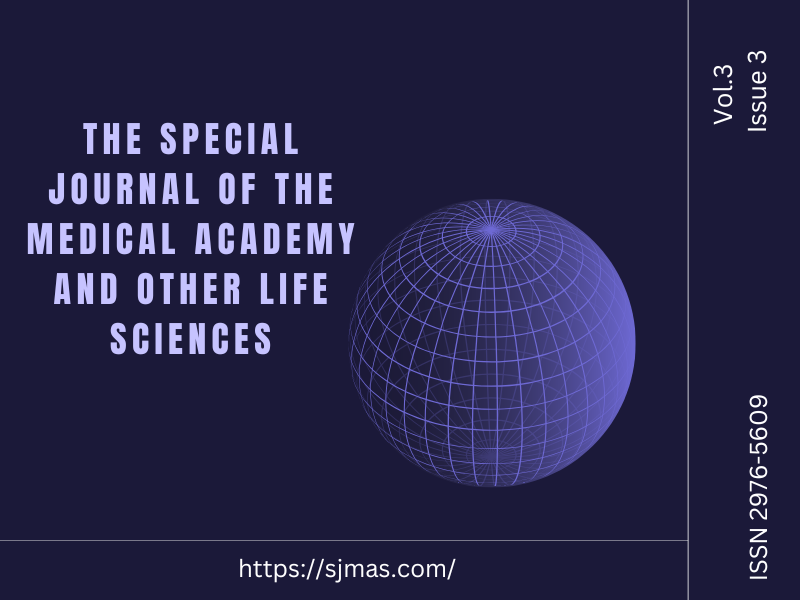Development of alcohol drinking behavior modification program in Village health volunteers at Traph-Anant, Chonburi, Thailand
DOI:
https://doi.org/10.58676/sjmas.v3i3.112Keywords:
Health Promotion Mode, Community-Based Intervention, Thailand Public Health, Village Health Volunteers (VHVs), Alcohol Behavior ModificationAbstract
Background: Alcohol consumption poses a significant public health challenge in Thailand, particularly in culturally permissive environments like Chonburi Province. Village health volunteers (VHVs), as frontline public health agents, often face difficulties in both addressing and personally managing alcohol consumption behaviors. This study aimed to develop an evidence-based behavior modification program tailored to the context of VHVs in Traph-Anant Village to reduce alcohol consumption and promote healthier lifestyles.
Methods and Materials: A mixed-methods approach was used. Qualitative data were collected through in-depth interviews and focus group discussions with VHVs to explore patterns, motivations, and cultural influences on alcohol use. Quantitative surveys assessed attitudes, self-efficacy, and alcohol-related behaviors. The program design was informed by health promotion theories and behavior change models such as the Health Belief Model and Stages of Change. Expert evaluation and community stakeholder input validated the program's feasibility and relevance. Results: Findings indicated that most VHVs consumed alcohol frequently, especially in the evenings or during cultural events. Key drinking triggers included social obligations, stress relief, and cultural norms. A majority believed alcohol enhanced appetite and sleep. The final behavior modification model included components such as refusal skill training, community alcohol-free event policies, leadership role modeling, and environmental control strategies (e.g., time/place limitations for drinking). Expert review confirmed the program as culturally appropriate, practical, and adaptable. Conclusion: The developed behavior modification program offers a practical framework to support VHVs in reducing alcohol consumption. It highlights the need for integrated, community-level strategies that respect cultural traditions while promoting behavioral change. Implementation of this model could serve as a blueprint for similar rural health volunteer initiatives across Thailand and other culturally rich settings.References
World Health Organization. "Alcohol." World Health Organization, 28 June 2024, www.who.int/news-room/fact-sheets/detail/alcohol.
Thailand Indicators 2567. "Thailand Indicators 2567." FlippingBook, 2024,
www.nso.go.th/public/e-book/Indicators-Thailand/Thailand-Indicators-2567/39/. Accessed 1
Dec. 2024. รายงานสถานการณ์ การบริโภคเครื่องดื่มแอลกอฮอล์ในสังคมไทย ประจ˚าปี 2564 – Centre for Alcohol Studies. cas.or.th/?p=10465.
https://www.google.com/url?q=https://www.nso.go.th/nsoweb/storage/survey_detail/2024/20230 505110449_60642.pdf&sa=U&ved=2ahUKEwi_rfumi6uKAxVyGhAIHVIuAOwQFnoECAsQA g&usg=AOvVaw3I7haWlk23XrJPuA2VO2Od
Roerecke, Michael, et al. "Alcohol Consumption and Risk of Liver Cirrhosis." The American Journal of Gastroenterology, vol. 114, no. 10, Oct. 2019, pp. 1574–1586,journals.lww.com/ajg/pages/articleviewer.aspx?year=2019&issue=10000&article=00008&type= Fulltext, https://doi.org/10.14309/ajg.0000000000000340.
Foster, John, and Bob Heyman. "Drinking Alcohol at Home and in Public Places and the Time Framing of Risks." Health, Risk & Society, vol. 15, no. 6-07, Oct. 2013, pp. 511–524, https://doi.org/10.1080/13698575.2013.839779. Accessed 30 Sept. 2020.
Sudhinaraset, May, et al. "Social and Cultural Contexts of Alcohol Use: Influences in a Social– Ecological Framework." Alcohol Research : Current Reviews, vol. 38, no. 1, 2016, p. 35, pmc.ncbi.nlm.nih.gov/articles/PMC4872611/.
Published
How to Cite
Issue
Section
License
Copyright (c) 2025 Suwicha Navakul, Dr. Ghassan Salibi, Prof Nikolaos Tzenios

This work is licensed under a Creative Commons Attribution-NonCommercial 4.0 International License.

